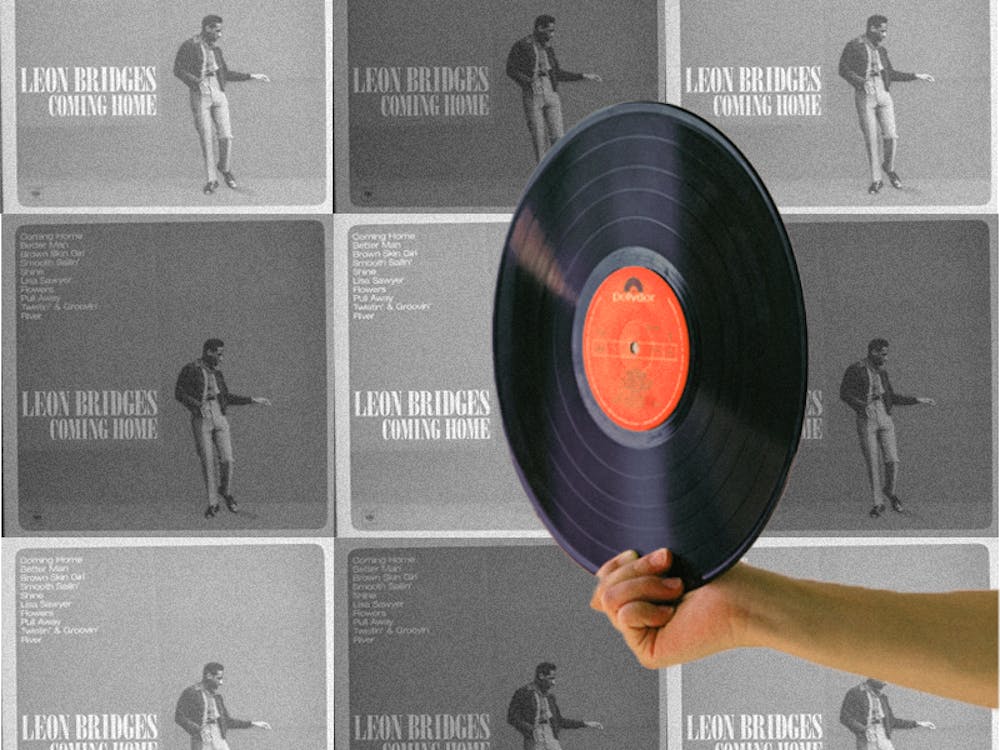B-sides were once a byproduct of mid–to–late 20th century music distribution methods. Now a purely elective format, some modern artists have chosen to use B–side albums as a vehicle for creative exploration.
The term B–side originates from an era in which music was produced solely in physical formats, like vinyls and cassettes. Records would have an “A–side” and a “B–side” that listeners would flip and play separately. The A–side would house the tracks the artist wanted to be the focus of the record, while the B–side would contain the remainder of the tracks which weren’t expected to perform as well commercially.
In the late 80’s, when the CD surpassed vinyl as the most popular audio format, the need for artists to release music in an A–side/B–side format started to diminish. In the modern music landscape where streaming is the most popular mode of audio consumption, the designation of a B–side is no longer necessary, but certain artists choose to release “B–side” albums anyway. Usually, these albums will usually feature three kinds of tracks: unreleased songs, demos of previously released music, and remixes. They can offer an additional source of revenue in the down period between releases, but they also lift the curtain—allowing listeners access to raw treasures and reimagined tracks from their favorite artists.
Artists who release demos on B–side tracks provide their audiences with valuable insight into their creative process. Demos allow listeners to track how lyrics and instrumentals evolved from first pass to finished track. Sufjan Stevens’ 2017 B–side album The Greatest Gift features a demo of “John My Beloved” which appeared on his album Carrie and Lowell. The lyrics in this version of the track differ at many points, leaving Stevens' fans to wonder how “my signature death” becomes “my tongue on your chest” and what divergent interpretations are opened up.
Though the temptation may be to view the demo as draft one and the released song as the final draft, demos and album–released tracks can also be interpreted as two perspectives existing for the artist at two different points in time. The evolution of “John My Beloved” also provides insight into the additive nature of Stevens’ writing process as the final track contains an additional verse proving a different narrative ending to the song.
Kevin Parker, commonly known as Tame Impala, is another modern artist utilizing the B–side album format, releasing a corresponding B–side album for each of his studio albums. Tame Impala uses B–sides to release remixes and songs that didn’t fit his vision of his studio albums, serving as an example of how an artist's subjective opinion of their work doesn’t always align with its commercial success. The Slow Rush B-sides & Remixes track “Patience,” which Parker said just wasn’t good enough to make it onto The Slow Rush, would have been the 5th most streamed song of the album with 81 million streams to date on Spotify.
Tame Impala makes his preference for heavily synthesized music clear through his selection of B–sides. The track “List Of People (To Try And Forget About),” an original song which features on Currents B–sides and Remixes was a sincere breakup song that resonated with many fans, but lacks the maximalist accompaniment of Parker’s usual releases. Beach House employs a similar tactic. Equal Mind, the most popular track on the dream pop duo’s B-sides and Rarities, features the group’s usual captivating vocals—but its accompaniment is noticeably simpler than their usual tracks.
British hip–hop group Gorillaz have used the B–side format to skillfully explore a third category: remixes. Gorillaz’s B–side album, aptly named D–Sides as their fourth studio album, features 12 unreleased songs, one demo, and nine remixes of the five most popular songs off their previous album Demon Days. This album reimagines what many of the group’s tracks could have been. “Feel Good Inc. - Stanton Warriors Remix” gives us a slower tempo rendition of the group’s most popular song to date. In “Kids with Guns - Jamie T’s Turns to Monster Mix,” Jamie T creatively approaches the concept of a remix when he takes on the first person perspective of the subject of the song and completely rewrites “Kids with Guns” preserving some of the original lyrics as backing lyrics.
The persistence of the B–side into the modern age is testament to its creative value. B–sides gives fans access to a larger volume of music, but these albums also carry a functional value. B–sides, featuring demos and remixes, refute the position of the song as definite. While the remix allows the song to be a jumping–off point for other people’s creativity, the demo asserts that a recorded song is merely one iteration of a concept. B–sides have become the place for understanding the song as malleable and music as a conversation.







